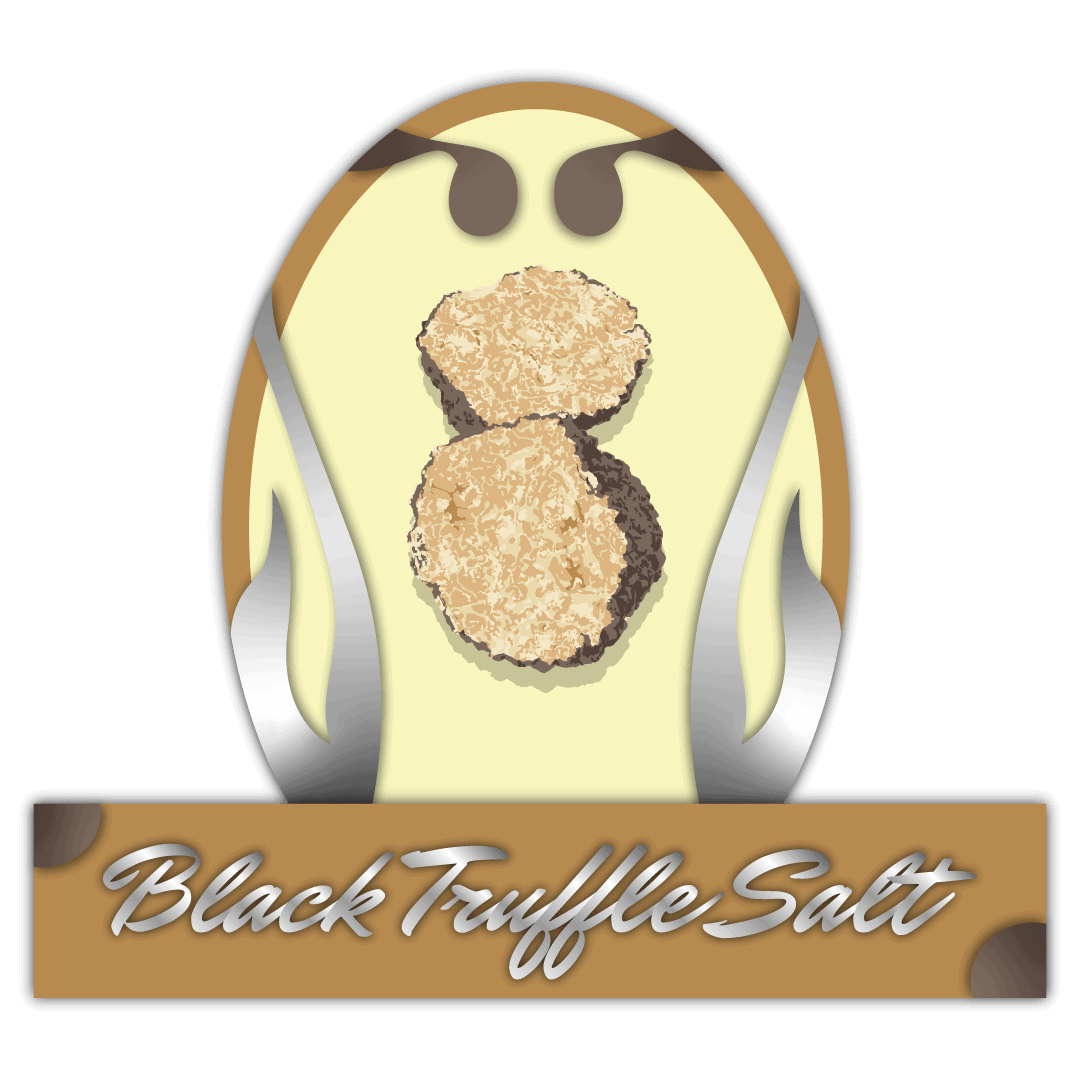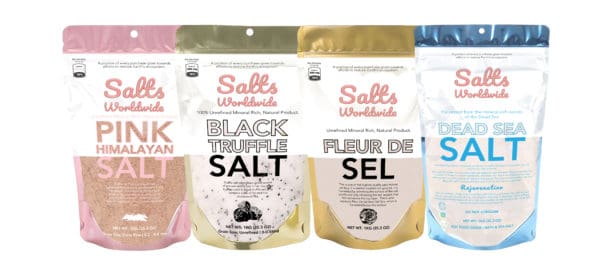
If you’ve been unsure about the differences between Table salt and sea water, you’ve come to the right place. We’ve compiled the information needed to decide which salt is best, as well as what they cost. The benefits of each are discussed below. We also cover the ingredients. Read on to learn more! Listed below are some different types of table salt, including their price and health benefits. You can also see which table salts are best for the environment.
Table salts
Sodium chloride and potassium iodide are the two main ions that make up table salt, which is fine-grained and hygroscopic. They are usually combined in small quantities, but some are fortified with other elements, like iron or iodine. In regions where iodine is unavailable, iodized salt is added. A deficiency in iodine can lead to a swollen thyroid gland. Salt is also used for livestock, which is why it is available in solid blocks.
Sea salt is becoming a popular alternative to table salt, and some chefs are now using it in their cooking. But not all of us are aware that sea salt is rich in magnesium, and that most table salt is processed. In a recent survey by the American Heart Association, 61 percent of respondents incorrectly believed that sea salt had less sodium than table salt. The truth is that most sea salts contain 40 percent sodium by weight. Sodium is not the only component that contributes to heart disease, so if you’re concerned about how much sodium you’re taking in, you should consider substituting this salt with sea salt.
Microplastics have been found in human foods, including beer, wine, sugar, and honey. Now, researchers are asking: “What is the real source of these salts?”
Health benefits
The majority of salt people consume comes from processed foods. The average person’s daily intake of sodium is seventy-five milligrams (mg) or more. Processed foods and packaged food also contain high amounts of sodium. Foods such as poultry, cheese, bread, and processed meats are laden with high amounts of salt. Many table salts also contain added chemicals, which prevent them from mixing with body fluids properly. Regardless of the added chemicals, the average person’s salt intake should be less than 1,500 mg per day.
Most Americans consume far too much processed salt. But a review of the health benefits of table salt reveals that sodium is essential for good health. It controls blood pressure and maintains normal nerve and muscle function. It is also necessary for keeping the body’s pH level balanced. Sodium is a key element in keeping the body’s fluid balance in check. Other minerals that are essential for good health include potassium. Foods rich in potassium include bananas, black beans, Swiss chard, and kiwi. Additionally, wild-caught fish, free-range poultry, and bananas are excellent sources of potassium.
There is an ongoing debate about the health benefits of sea salt. Some believe that the oceans are dumping grounds for harmful pollutants like mercury and PCBs. Oil spills have become more common. Concerns about toxins in sea salt also apply to table salt. Regardless of which salt you choose, you should make sure it meets your needs. A teaspoon of table salt contains about 2,360mg of sodium, which is not much more than the recommended daily allowance for most people.
If you choose sea salt, pink Himalayan salt, and unrefined sea salt, you’ll be better off choosing the latter. They are less processed, and may even contain higher amounts of trace minerals. But whatever you choose, remember that salt is a necessary part of a healthy diet, but should be consumed in moderation. Too little or too much salt will compromise the flavor of your food, and the taste.
Price
World markets and varieties differ significantly. Salt prices are based on a kilo, not a pound. Prices for table salt in various countries are reported by leading salt brands. Data is collected from the major food stores in various countries. Salt prices are updated every month. The average price per kilogram is US$ 161.9 in the US, but varies greatly in other countries. To determine the current price of Salt, you can use this report as a benchmark.
In 2021, the price of salt imports was $X per tonne. This represents a X% increase from the previous year. In 2016, the price rose the fastest, reaching $X per tonne. However, prices fell modestly in the following years. The United States and Taiwan (China) were the leading suppliers in terms of price, with prices in Mexico being the lowest. The global table salt market is expected to remain relatively stable over the next few years.
Mexico was the biggest salt supplier worldwide in 2021, followed by Germany, Canada, Indonesia, and the Netherlands. The United States, Mexico, India, and Canada were also large producers. In value terms, Spain, Germany, France, and Canada accounted for the largest salt imports, while the United States and Mexico accounted for a smaller share. Meanwhile, Spain saw modest growth in salt exports during the period. This is not surprising, given that Spain was also the largest supplier in the world in 2021.
The production and demand for table salt continues to face similar challenges as five years ago. Meanwhile, food manufacturers continue to reduce the amount of salt in their products and focus on new innovations. Ultimately, this will have a positive effect on the industry’s profitability. For example, the World Health Organization has declared COVID-19 a global pandemic. But, despite this, it has also caused prices to decrease. For these reasons, it is important for the industry to understand the price of worldwide table salt in order to determine how it will fare in the next five years.
Ingredients
There are many types of salt available. Sodium chloride is the primary component, with trace amounts of magnesium and calcium. While sea salt is mined, it can also contain other pollutants associated with the water source. Additionally, sea salt may be mixed with additives to help it flow more easily. Regardless of the type of salt, it contains comparable amounts of sodium by weight. For this reason, it is usually not recommended for human consumption.
Some table salts contain trace amounts of iodine. Added iodine to table salt began in the 1920s as a way to fight the spread of goiter. This disease was rampant in the American North, particularly the Great Lakes region and the Pacific Northwest. While iodized salt has eliminated this problem in the United States, it still persists in parts of the world where iodine levels are low.
In addition to being an essential element for human life, sodium is also an important chemical ingredient in cooking. When mixed with water, sodium forms an explosive reaction. Sodium cations form and separate from the chloride anions in water. This chemical reaction makes sodium a highly reactive substance and is not found in nature. Because of its reactivity with water, sodium is rarely found in free form. In contrast, table salt has a unique property: it separates sodium ions from chloride anions when it is mixed with water.
Common table salt has tiny, dense grains. The mineral iodide in it makes food taste metallic. It also contains anti-caking agents. It can cause adverse effects when consumed through food, including impaired bone health and kidney function. Lead has been linked to a range of health problems, including cancer. So, if you are concerned about the health of your family members, don’t use common table salt. Make sure you choose iodized white salt.
Process
The production of table salt is an old-world process that involves the extraction of the mineral from the earth’s crust. Sodium chloride is produced from the ionic bonding between two different ions – sodium cations and chloride anions. While sodium ions are found in nature, they are not free. The resulting salts are used for a variety of purposes, including food preservation. There are a number of differences between the production of table salts from seawater.
The history of salt is rich with examples of governments taxing salt. In the French Revolution, salt was valued up to 20 times its value. Smuggling salt was punishable by death. In the American Civil War, salt was crucial to several battles, yet salt workers were excluded from drafting. Today, we recognize the importance of sodium chloride in our diet, and the process that goes along with it. However, it is important to note that there are several issues surrounding its production, including sensory acuity, processing technology, and preservation.
Salt production is one of the oldest chemical practices practiced by man. Although the seawater evaporates, a variety of processes are used to produce salt. Some salts are still produced using traditional methods, but modern methods are faster and cheaper. However, the end products of salt production will vary considerably in their properties and flavors, and these differences must be considered when choosing a salt for a particular purpose. This article will provide an overview of the process behind the production of table salts worldwide.
Besides being necessary to human nutrition, salt has many industrial uses, including preserving food. Despite its many uses, the mineral is also a topic of great interest in the arts. Humor, poetry, and filmmaking are all examples of the way salt is used. Despite its use in preserving food, the mineral is a highly important mineral. So, let’s take a closer look at some of the most common uses of salt.


Recent Comments